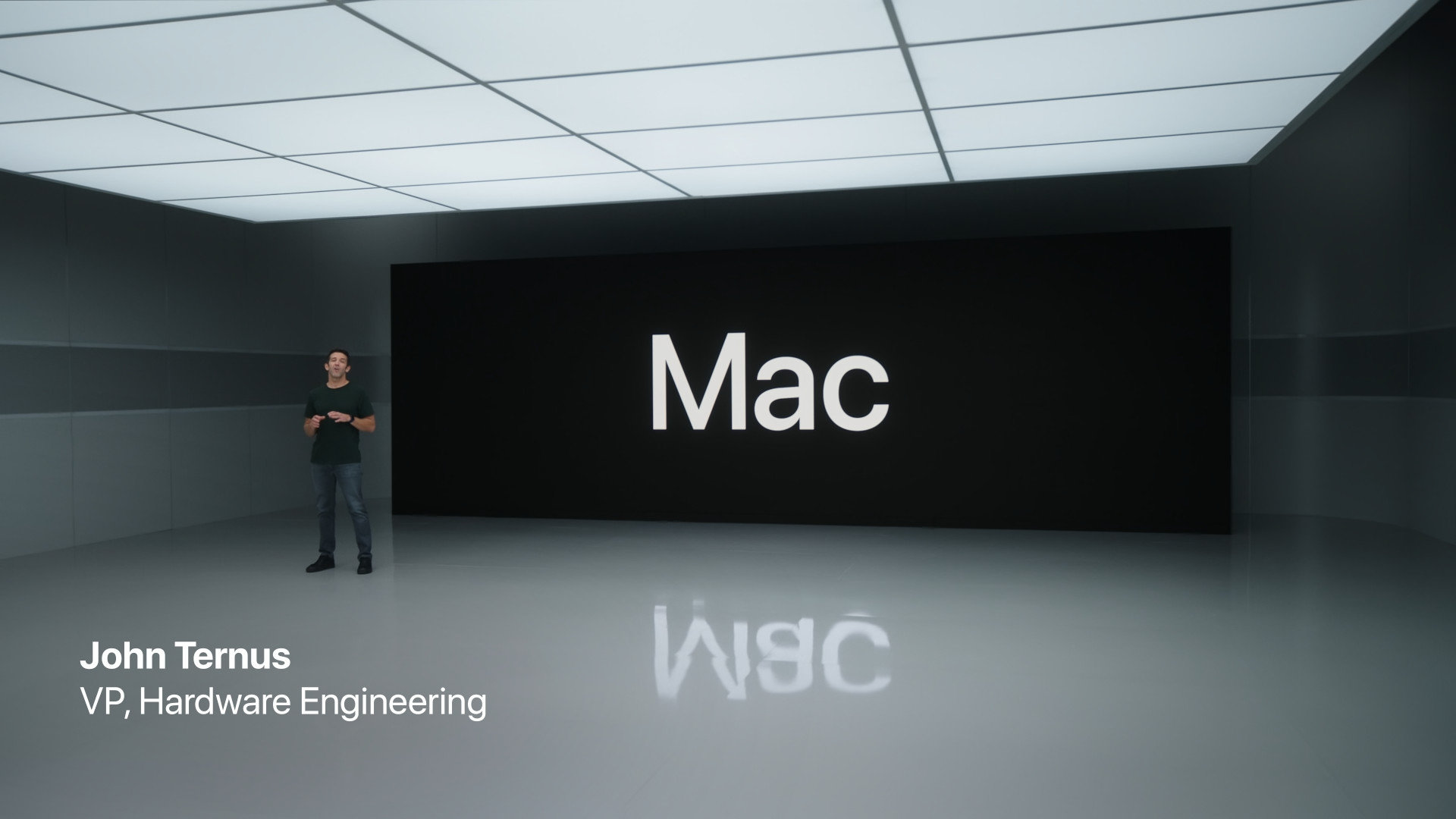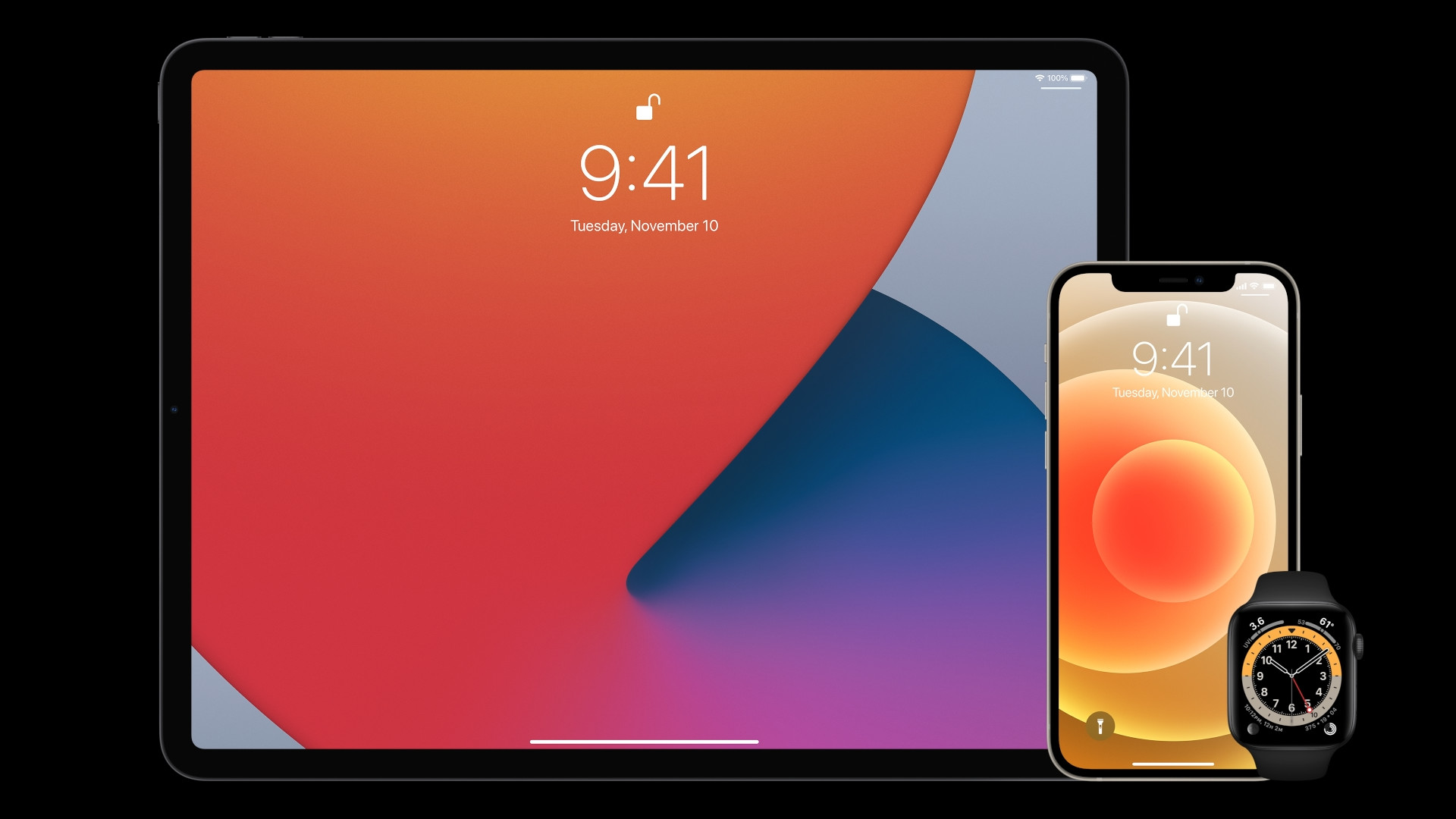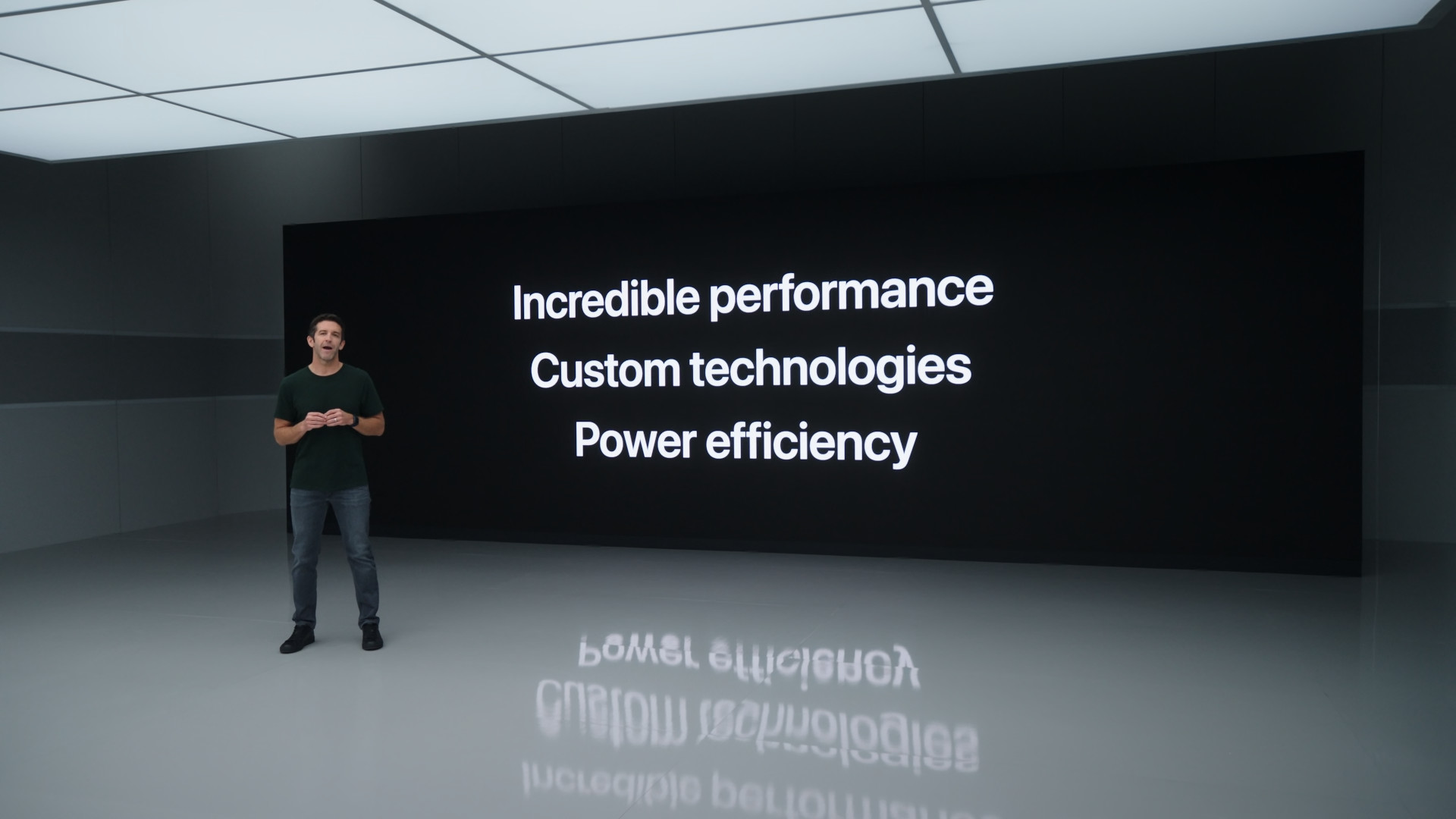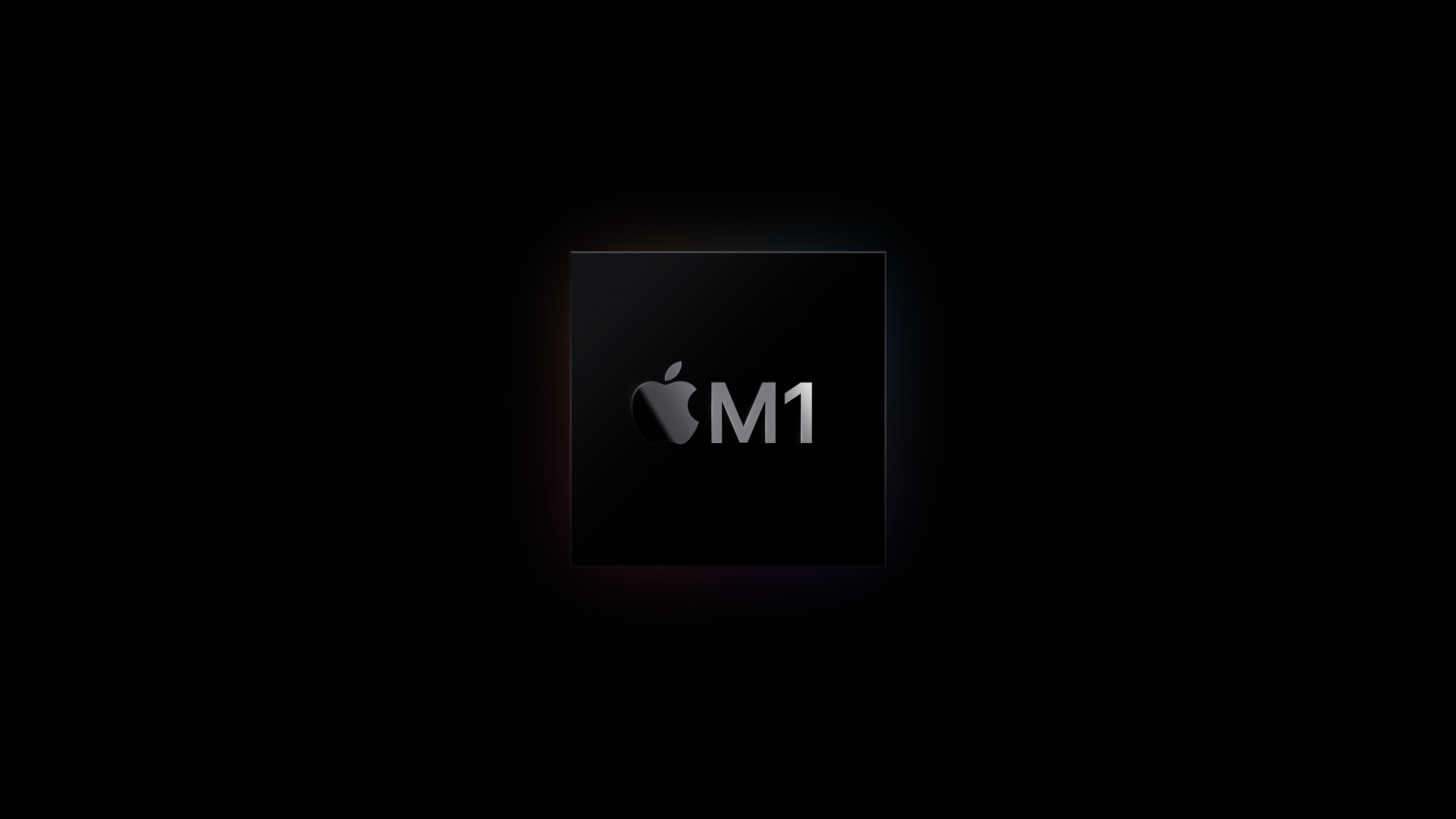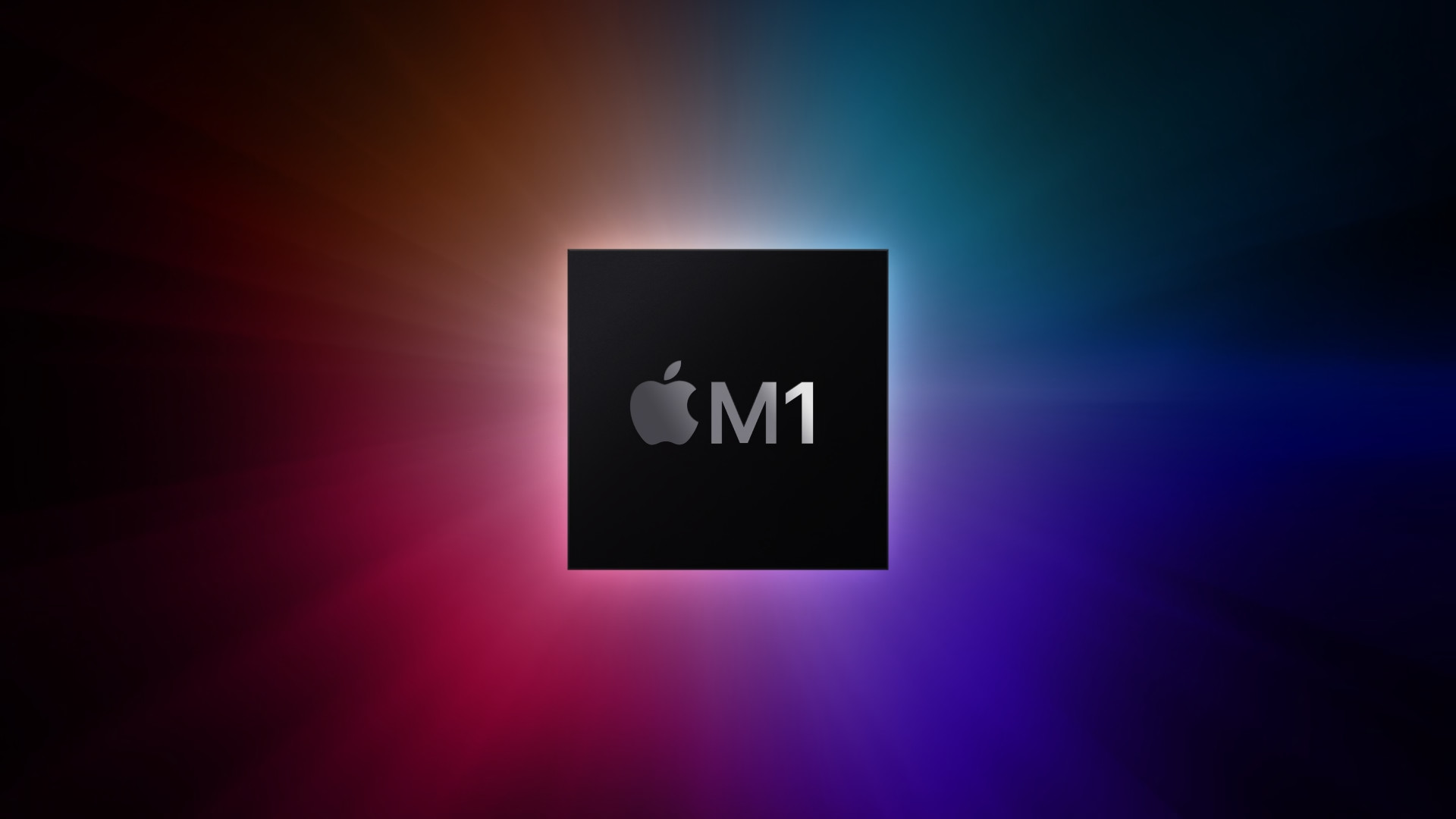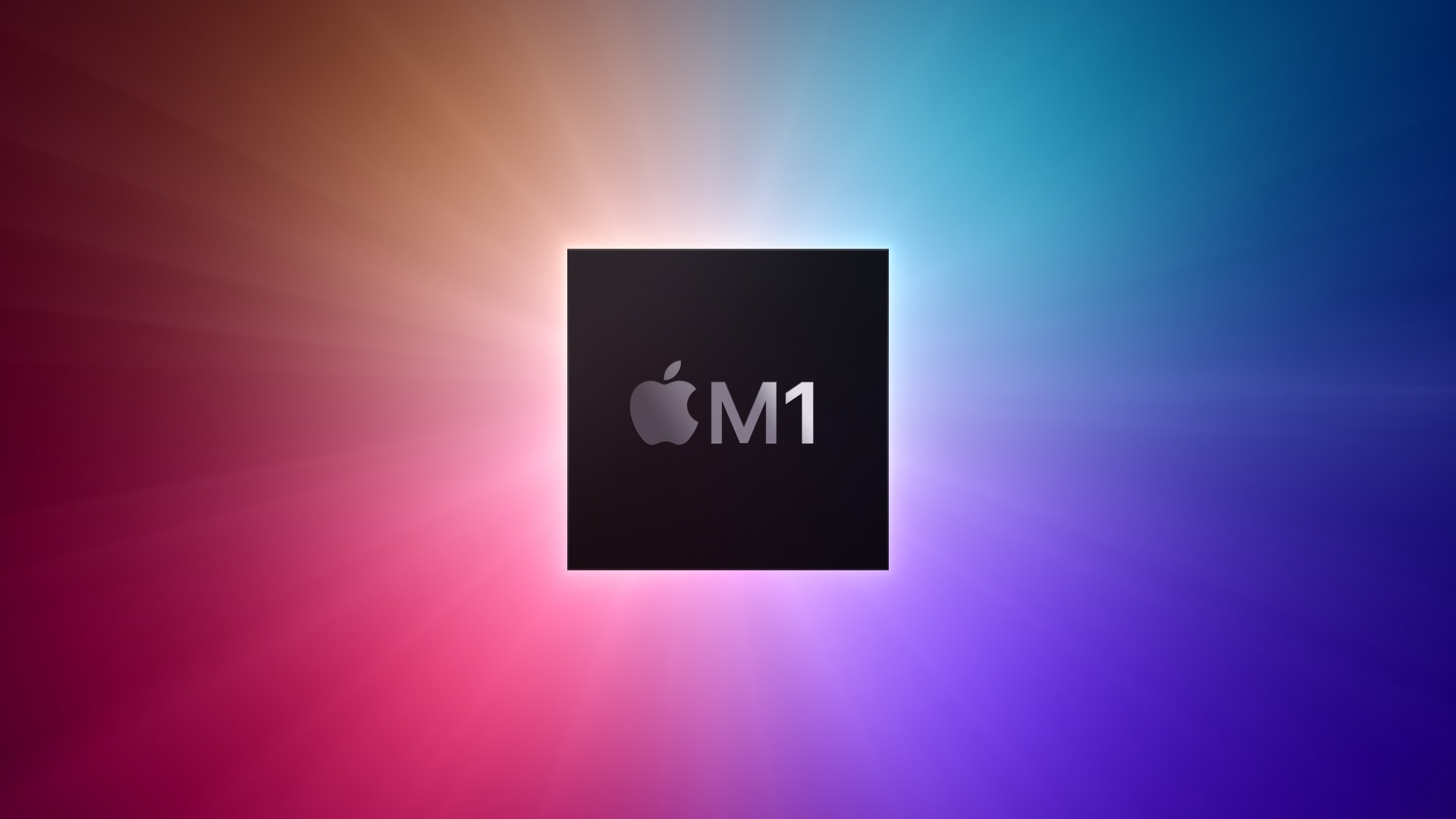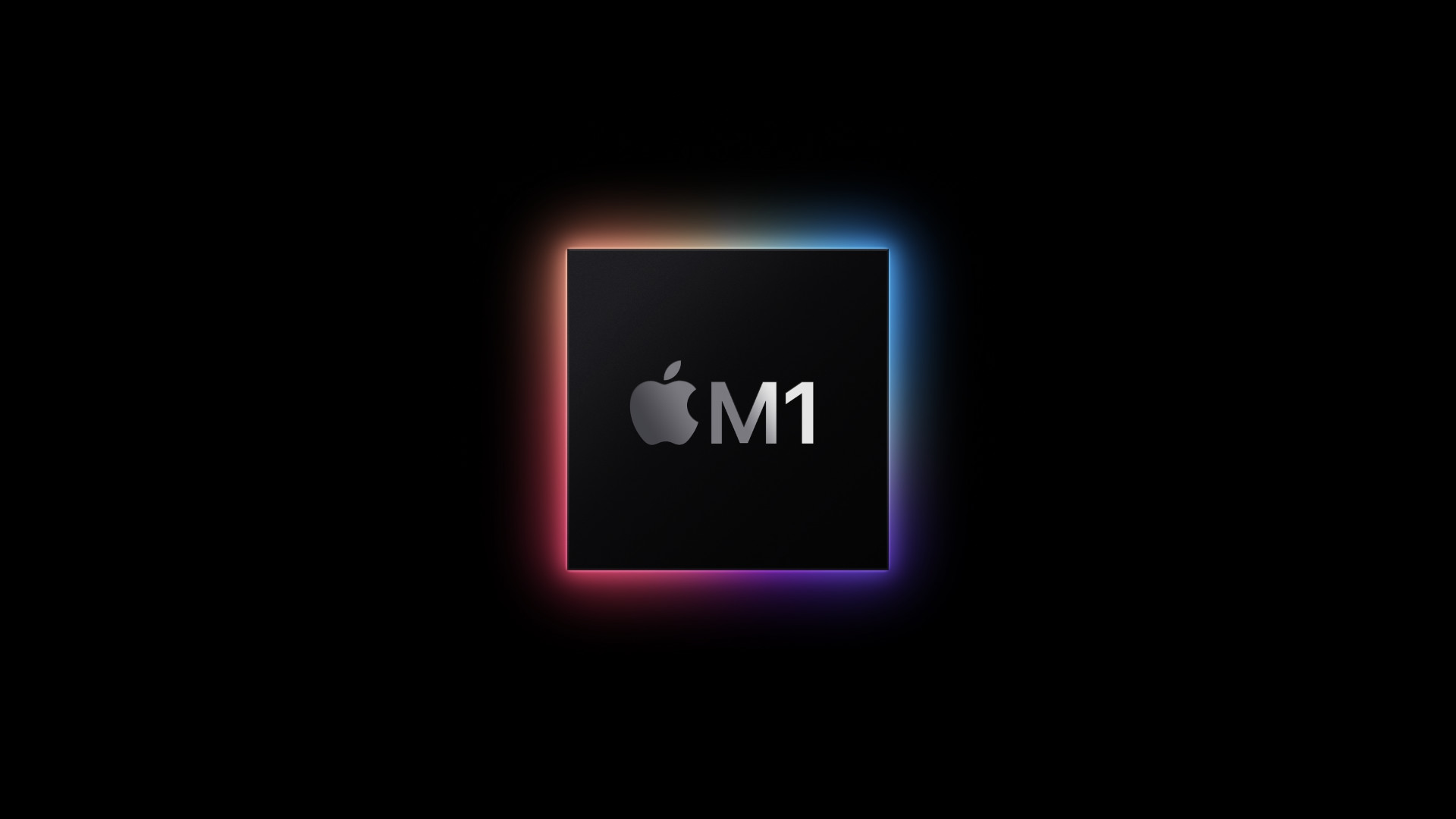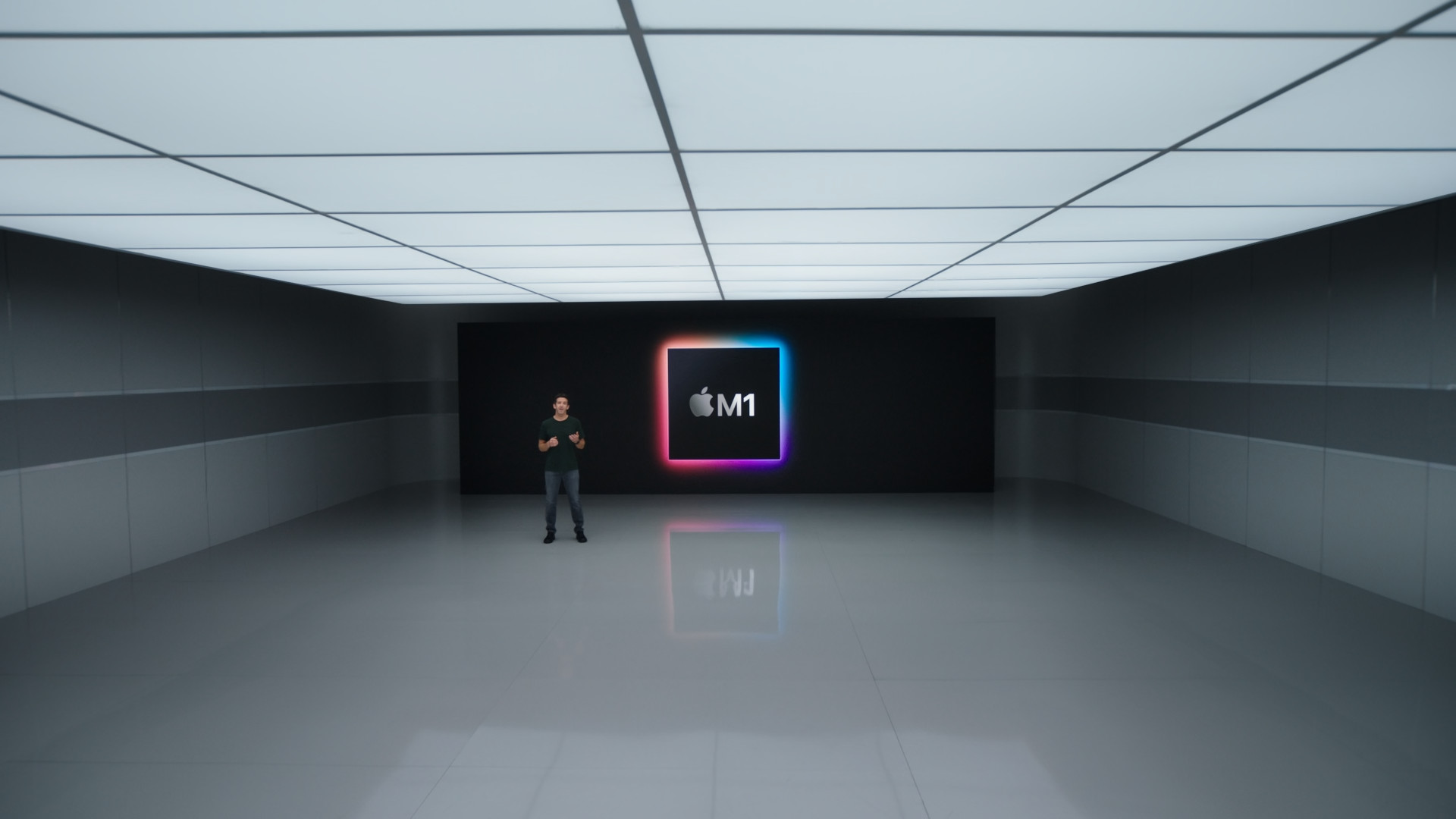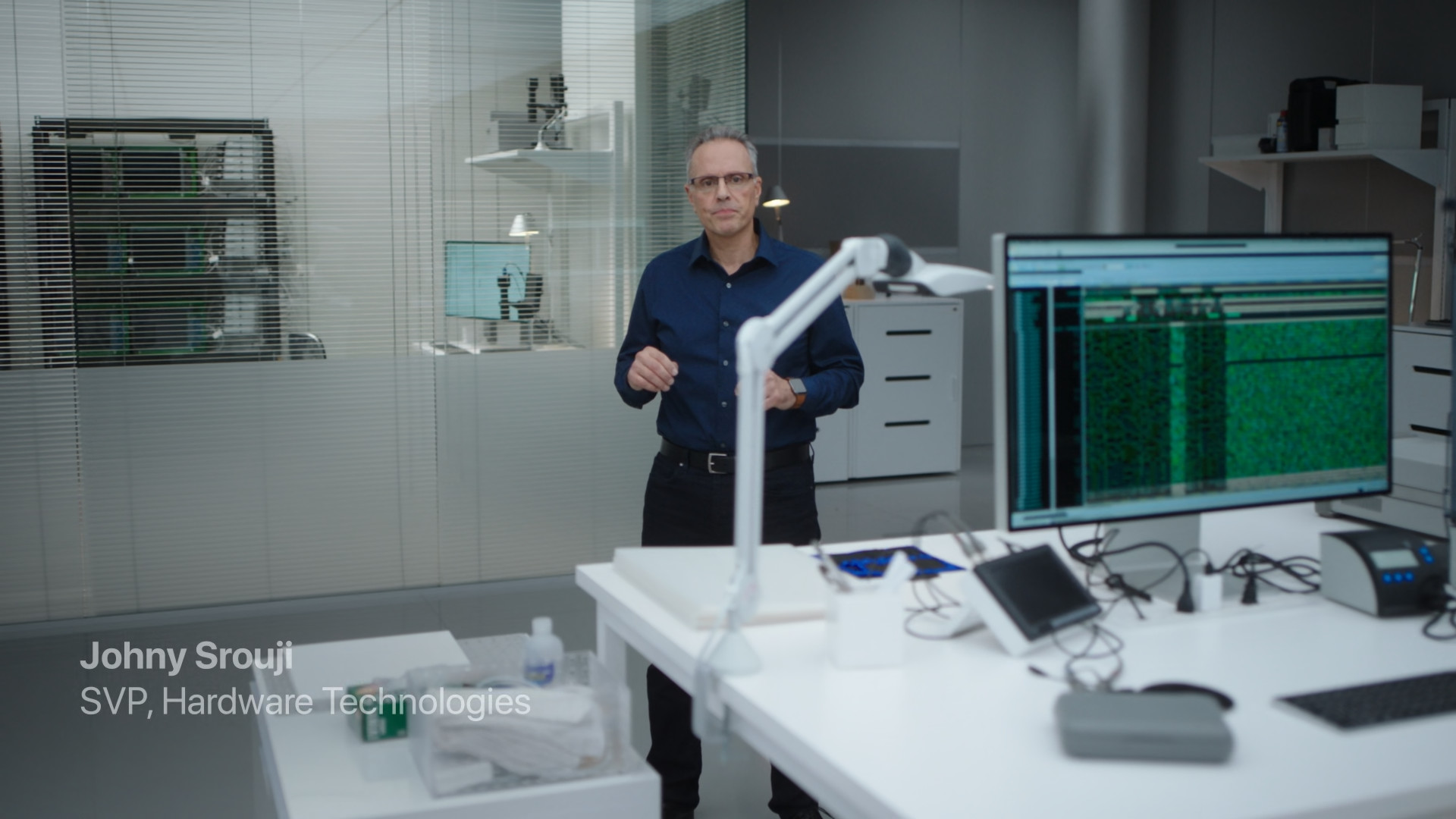When Apple announced in June 2020, on the occasion of the WWDC20 developer conference, the transition from Intel processors to its own Apple Silicon solution, it drew an avalanche of attention. The fans were curious and slightly worried about what Apple would actually come up with, and whether we were in for some trouble with Apple computers. Fortunately, the opposite was true. Macs have improved significantly with the arrival of their own chipsets, not only in terms of performance, but also in terms of battery life/consumption. In addition, during the unveiling of the entire project, the giant added one very important thing – the complete transition of Macs to Apple Silicon will be completed within two years.
It could be interest you
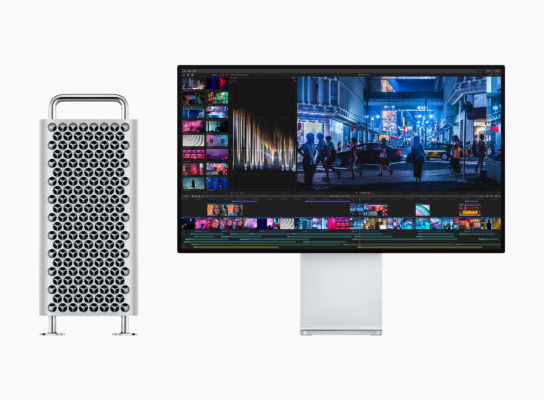
But as you probably already know, Apple failed in this. Although he was able to install new chips across practically the entire portfolio of Apple computers, he slightly forgot about one - the absolute top of the range in the form of the Mac Pro. We are still waiting for it today. Fortunately, many things are clarified by leaks from respected sources, according to which Apple got a little stuck in the development of the device itself and ran into the limitations of current technologies. However, by all accounts, we should be just the last steps away from the launch of the first ever Mac Pro with an Apple Silicon chip. But this also shows us a dark side and brings concerns about future development.
Is Apple Silicon the way to go?
Therefore, an important question logically presented itself among apple growers. Was the move to Apple Silicon the right move? We can look at this from several points of view, while at first glance the deployment of our own chipsets seems to be one of the best decisions of recent years. As we mentioned above, Apple computers have improved significantly, especially the basic models. A few years ago, these were considered not very capable devices, in the bowels of which there were basic Intel processors in combination with integrated graphics. Not only were they insufficient in terms of performance, but they also suffered from overheating, which caused the not very popular thermal throttling. With a bit of exaggeration, it could be said that Apple Silicon erased these shortcomings and drew a thick line behind them. That is, if we leave aside some cases concerning MacBook Airs.
In basic models and laptops in general, Apple Silicon clearly dominates. But what about the real high-end models? Since Apple Silicon is a so-called SoC (System on a Chip), it does not offer modularity, which plays a relatively crucial role in the case of the Mac Pro. This drives apple users to a situation where they have to choose a configuration in advance, which they no longer have the option to transport afterwards. At the same time, you can customize the existing Mac Pro (2019) according to your own needs, for example, replace graphics cards and many other modules. It is in this direction that the Mac Pro will lose, and it is a question of how much Apple fans themselves will be benevolent towards Apple.

Current and future issues
As we already mentioned in the very introduction, Apple encountered several fundamental problems during the development of the Mac Pro with the Apple Silicon chip, which significantly slowed down the development as such. In addition, another threat arises from this. If the Cupertino giant is already struggling like this, what will the future actually be like? The presentation of the first generation, even if it was a pleasant surprise in terms of performance, is not yet a guarantee that the giant from Cupertino will be able to repeat this success. But one thing clearly emerges from the interview with the vice president of global product marketing Bob Borchers - for Apple, it is still a priority and goal to completely abandon Intel processors and instead switch to its own solution in the form of Apple Silicon. How successful he will be in this, however, is a question whose answer we will have to wait for. The success of the previous models is not a guarantee that the long-awaited Mac Pro will be the same.
It could be interest you

 Flying around the world with Apple
Flying around the world with Apple 